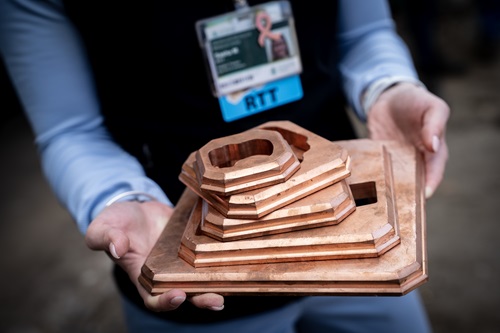
Turning Copper into Care: How Two Dartmouth Therapists Sparked a Sustainable Giving Movement
Posted: December 10, 2025In radiation oncology, innovation often invokes advanced technologies, clinical trials and precision treatments. But sometimes, meaningful progress begins in the most unexpected places — like the back closet of a rural radiation oncology clinic in northern Vermont.
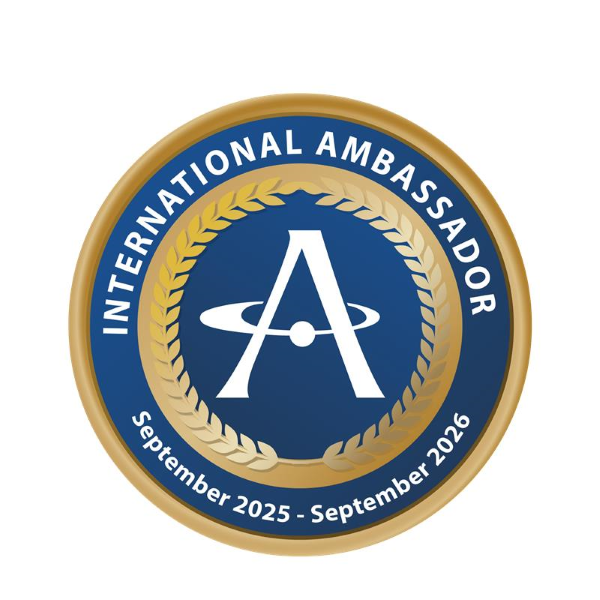
Expanding ASTRO’s Global Presence - Introducing the ASTRO International Ambassadorship Program
Posted: December 3, 2025ASTRO is pleased to announce the inaugural class of ASTRO International Ambassadors. Selected by the International Committee, these ambassadors are entrusted to represent ASTRO within their local communities and to spearhead national collaborative initiatives aimed at increasing visibility, supporting membership growth and facilitating strategic partnerships.
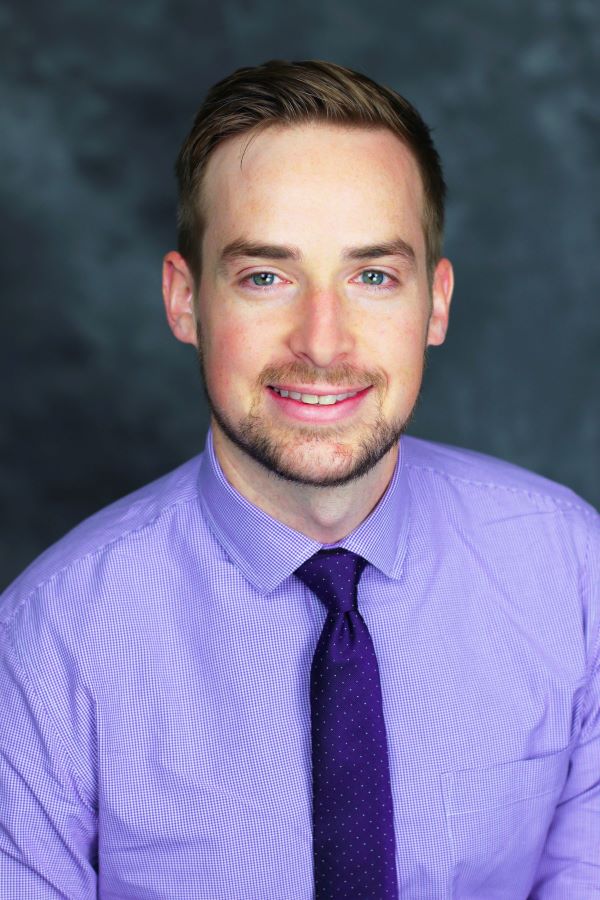
A Dose of Poetry
Posted: November 12, 2025What were you doing on the last day of the 2025 ASTRO Annual Meeting? Some of us decided once again to walk the streets of San Francisco, dodge Waymos, and gather at the conference center for one last hurrah — this time to discuss poetry. With fresh coffee, free books, and Red Journal swag, we met for “A Dose of Poetry: A Poetry Workshop Hosted by the Red Journal.”
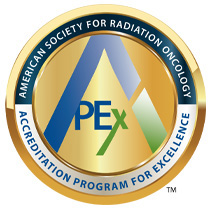
Elevating Standards in Radiopharmaceutical Therapy with APEx
Posted: October 30, 2025When Miami Cancer Institute (MCI) became one of the first practices in the United States to achieve the new radiopharmaceutical therapy (RPT) designation through ASTRO’s APEx – Accreditation Program for Excellence®, it was more than a milestone — it was a statement of where radiation oncology and medical physics are heading.
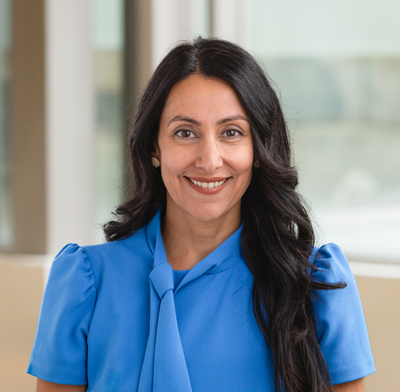
Re-Envisioning ROI: A Unified Future for Research in Radiation Oncology
Posted: October 9, 2025Every day, I witness the transformative power of research. A new technique sharpens precision, a clinical trial changes a patient’s outcome, a collaboration sparks an idea that reshapes how we deliver care. These moments remind me that progress in radiation oncology doesn’t happen by chance — it happens because we invest in it.
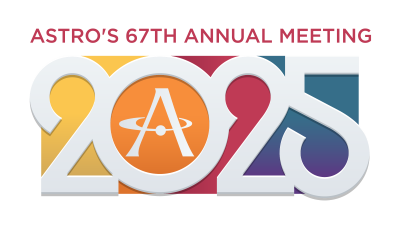
Connecting Across Borders: International Highlights at the 2025 ASTRO Annual Meeting
Posted: September 24, 2025The 2025 ASTRO Annual Meeting, taking place from September 27 to October 1 at the Moscone Center in San Francisco, is a global hub for radiation oncology professionals to share knowledge, spark collaborations, and shape the future of cancer care. Curated by the ASTRO International Committee, this year’s international offerings are tailored to inspire and empower attendees from over 80 countries.

ASTRO Events Supporting Varying Communities in Radiation Oncology
Posted: September 17, 2025ASTRO has made an intentional effort to support and celebrate diversity in the radiation oncology community with the guidance of the Health Care Access and Community Engagement (formerly HEDI) Council and subcommittees including the Women in Radiation Oncology (RO) Affinity Group. These efforts have become an integral part of the ASTRO Annual Meeting, highlighted in sessions below. The Women in RO affinity group has also compiled a list of additional events that support Women in RO. Please consider attending these events!
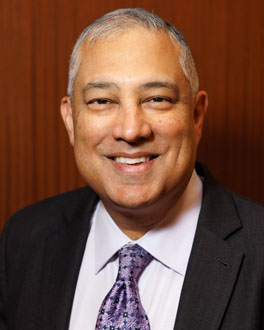
Looking Ahead to the ASTRO 2025 Presidential Symposium
Posted: July 30, 2025ASTRO President Sameer Keole, MD, FASTRO, shares details about the 2025 ASTRO Presidential Symposium, which takes place Sunday, September 28, at ASTRO's 67th Annual Meeting.
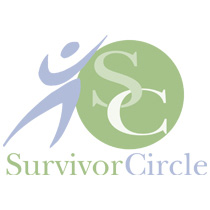
Updates from 2024 Survivor Circle Grants Awardees
Posted: June 11, 2025At the 66th Annual Meeting last fall in Washington, DC, two organizations based in the Washington, DC-Maryland-Virginia (DMV) region, Smith Center for Healing and the Arts and Touch4Life, received a $12,500 Survivor Circle Grant. Both organizations shared with ASTRO how their respective organizations have further advanced their missions since receiving the grant last fall.

Ohio Facility's Journey through APEx Accreditation and Reaccreditation
Posted: June 3, 2025An interview with Kathleen Hintenlang, PhD, FASTRO, and Kelsey Riffle, MPH, RT(T), quality and safety leaders at the Ohio State University.


